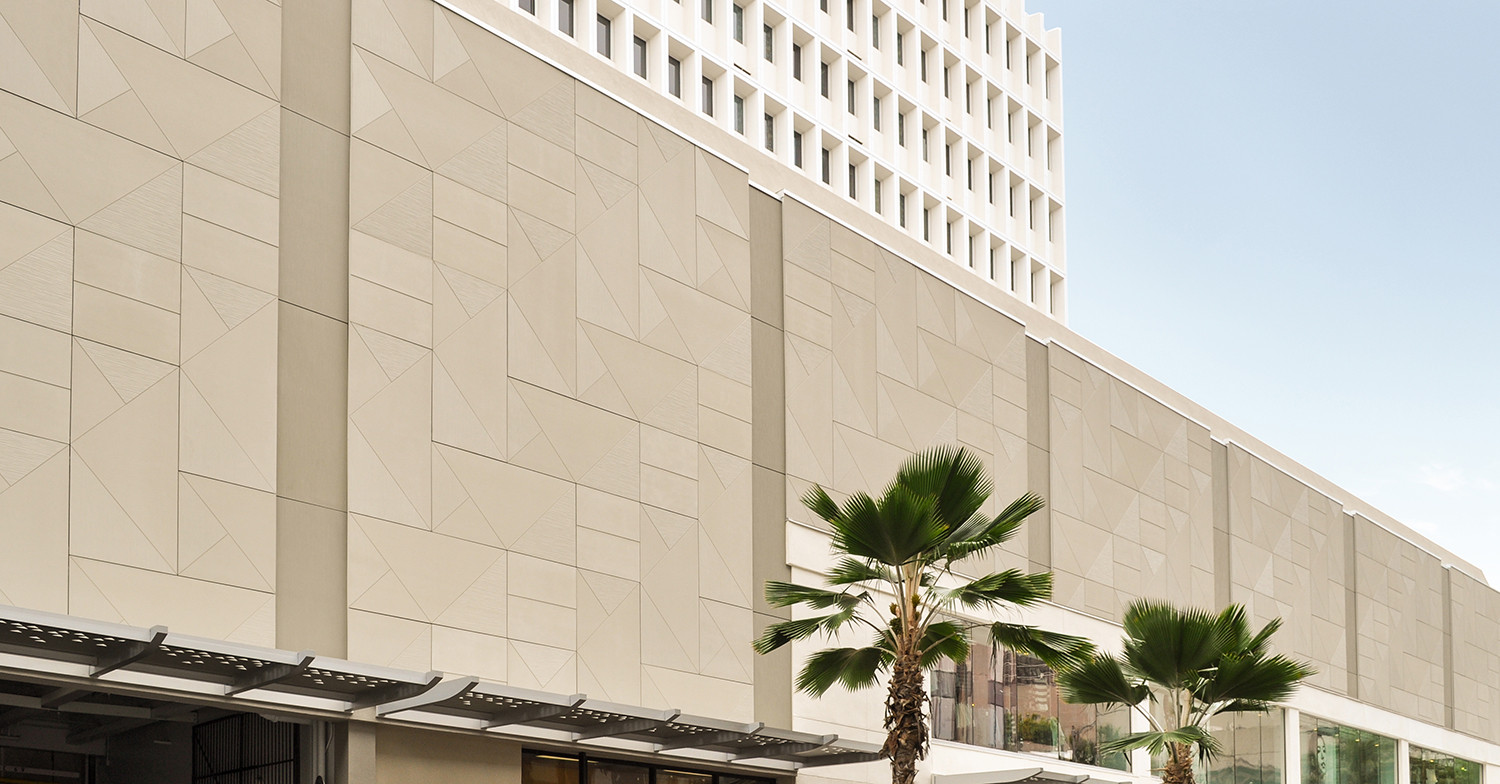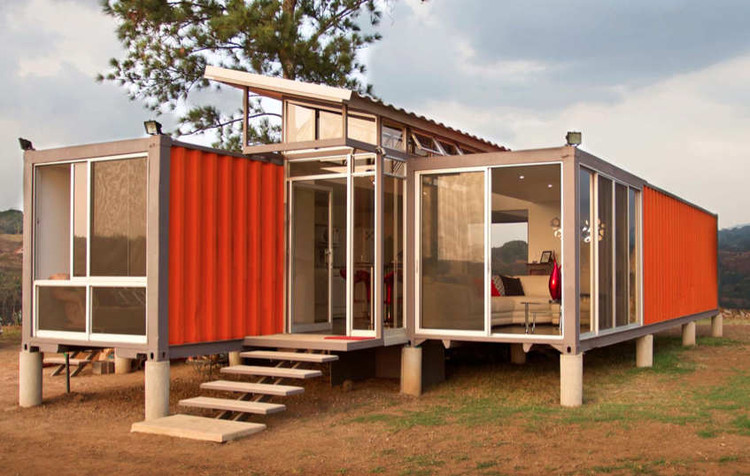
What do mathematics and your kitchen backsplash have in common? More than you might think: according to recent findings published in The Guardian, mathematicians have had a breakthrough in the world of pentagons, resulting in a new class of mathematically tiling shape. This newly discovered iteration is capable of continuously tiling a surface without gaps, unlike the majority of its similarly five-sided cousins. Known in mathematics as the most elusive tile shape due to its seemingly endless angular possibilities, the pentagon has been the focus of serious scrutiny for over a century.







.jpg?1436252280)










